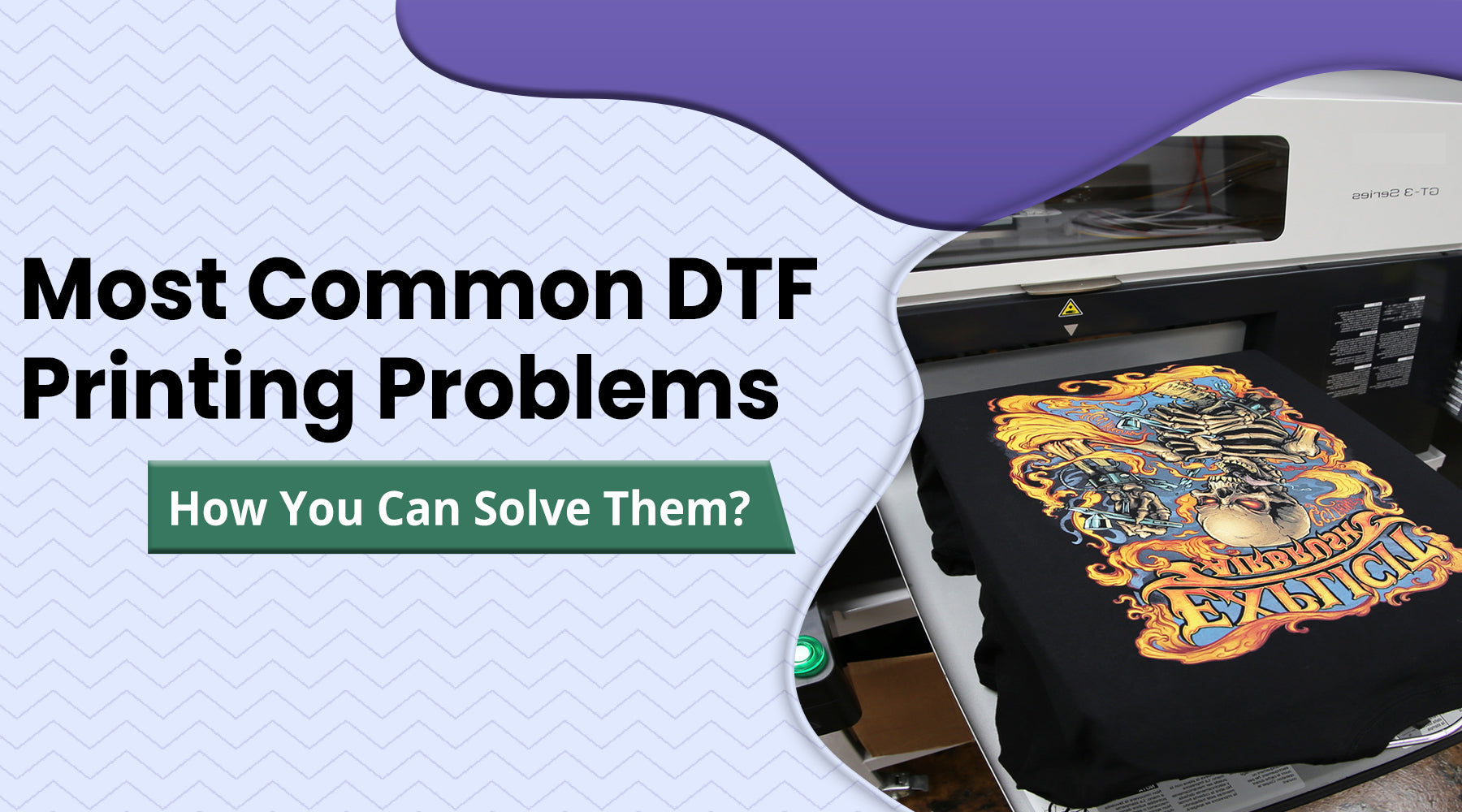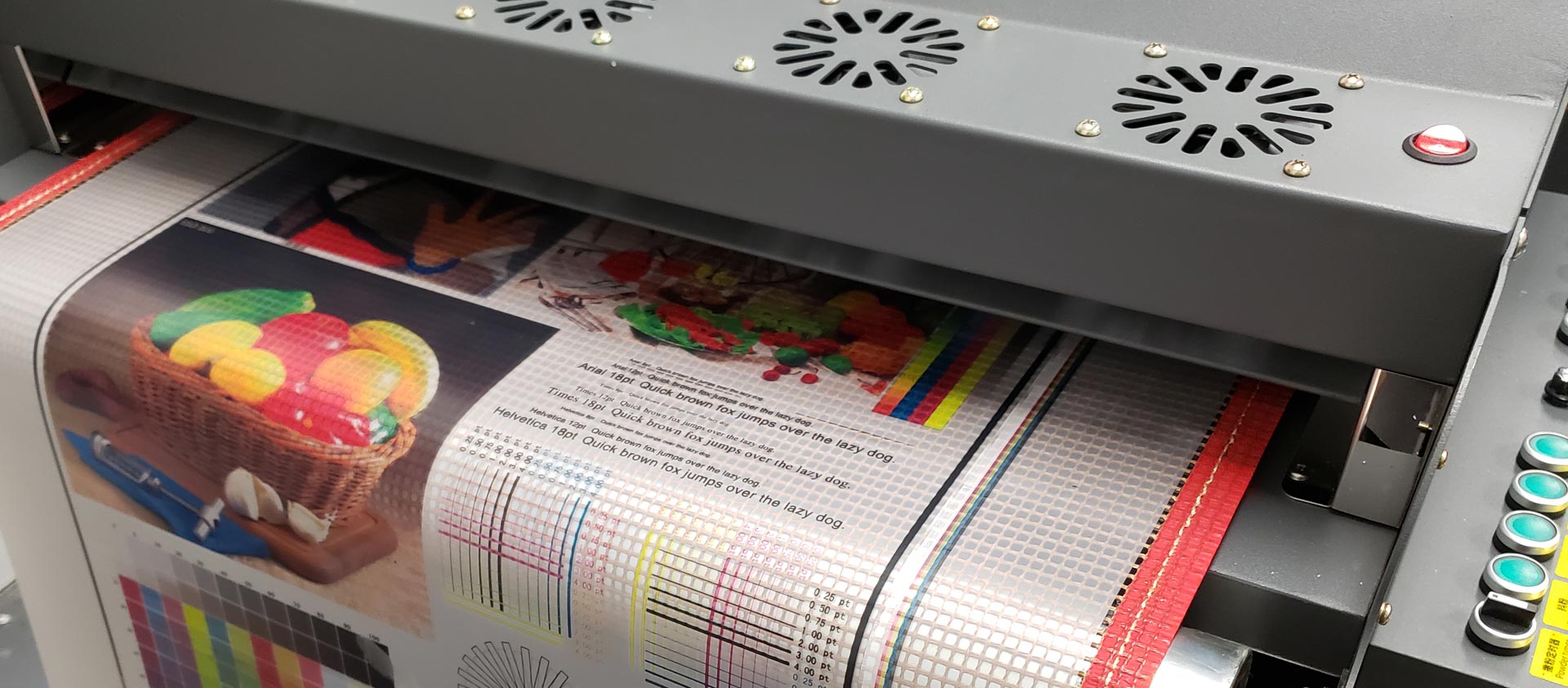The Ultimate DTF Printing Overview: Strategies, Materials, and Applications
The Ultimate DTF Printing Overview: Strategies, Materials, and Applications
Blog Article
From Concept to Creation: Letting Loose Creative Thinking With DTF Printing on Different Fabrics
Embarking on a creative journey often entails the fragile balance in between conceptualizing concepts and bringing them to life in tangible types. In today's vibrant world of fabric style, the application of Straight to Movie (DTF) printing modern technology has revolutionized the process of moving intricate layouts onto numerous materials - DTF Printing. From the preliminary creation of a layout idea to the final creation on material, the journey is loaded with possibilities waiting to be discovered. The combination of advancement and artistry with DTF printing opens up doors to a realm where creative imagination understands no bounds.
Exploring the Benefits of DTF Printing
Why is DTF printing progressively chosen over various other techniques for its adaptability and durability in the fabrics industry? Direct-to-film (DTF) printing has actually been getting grip in the fabrics industry because of its many benefits that satisfy the advancing needs of the market. One crucial benefit of DTF printing is its convenience in terms of the fabrics it can be put on. Unlike some conventional techniques that are limited to certain textile types, DTF printing can be made use of on a wide variety of materials, including cotton, polyester, blends, and also natural leather. This flexibility allows for higher imagination and technology in fabric design.
Additionally, DTF printing uses remarkable durability, making it excellent for producing durable styles on textiles - DTF Printing. The prints produced via DTF are recognized for their vivid colors and resistance to fading, fracturing, or peeling off - making sure that the end product maintains its quality also after several laundries or expanded usage. This resilience makes DTF printing an economical option for manufacturers looking to develop premium, enduring layouts on textiles
Designing With DTF: Tips and Techniques
Designing efficiently with DTF printing includes understanding the complexities of electronic design software and comprehending exactly how to enhance layouts for the very best results on numerous fabrics. When developing styles for DTF printing, it is important to take into consideration the textile shade, appearance, and type to ensure that the end product fulfills expectations. Right here are some ideas and tricks to boost your DTF style procedure:
Resolution is Trick: Beginning with high-resolution pictures to preserve clearness and intensity in your layouts. Low-resolution photos can result in a pixelated end product.

Shade Matching: Pay focus to shade accuracy when designing for DTF printing. Usage shade management tools to make certain that the colors in your design translate precisely onto the material.
Vector Graphics: Make use of vector graphics anywhere feasible to keep the high quality of your designs when scaling them to various sizes. (DTF Printing)
Examination Prints: Constantly conduct examination prints on example fabrics to check the colors, resolution, and overall design top quality before major manufacturing.
Selecting the Right Fabrics for DTF
When considering the optimum textiles for DTF printing, the selection of material plays a vital function in accomplishing the desired quality and longevity of the final printed styles. Choosing the content best material is vital for guaranteeing that the shades adhere well, the style remains lively and sharp, and the general look meets assumptions. Fabrics with a high polyester content are usually favored for DTF printing due to their capability to hold the ink well and generate vibrant prints. Polyester blends can also work successfully, using an equilibrium in between longevity and print high quality. Additionally, textiles with a smooth texture often tend to yield better results as they provide a consistent surface area for printing, permitting for specific describing and shade accuracy. It is essential to consider the intended use the published material when selecting the material, as various materials provide varying degrees of breathability, stretch, and washability. By very carefully choosing the right textile for DTF printing, designers can improve the longevity and aesthetic influence of their layouts.
Step-by-Step DTF Printing Refine

After curing, the printed style is after that moved onto the textile using a heat press. The transfer process needs cautious placement to ensure that the design is applied precisely. As soon as the transfer is full, the textile is allowed to cool before the transfer film is peeled off, leaving behind the dynamic and long lasting layout on the textile. The fabric might undertake post-processing therapies to improve the style's durability and vibrancy, resulting in a top notch completed product prepared for use or display screen.

Showcasing DTF Masterpieces
Have you ever marveled at the intricate details and vibrant colors of DTF work of arts showcased on different textiles? DTF printing has actually transformed the method styles are moved onto textiles, enabling for unrivaled precision and splendor in shades. When these DTF masterpieces are placed on display screen, they astound target markets with their striking visuals and precise craftsmanship.
Among one of the most fascinating aspects of showcasing DTF work of arts is the adaptability it provides. Whether it's a attractive and strong layout on a tee shirt, an in-depth pattern on a pillow case, or a custom-made print on a canvas bag, DTF printing helpful resources permits countless possibilities. This convenience enables designers and musicians to unleash their imagination and bring their visions to life on a variety of textiles.
Moreover, the longevity of DTF prints guarantees that these work of arts can withstand the test of time without shedding their vibrancy. Whether displayed in galleries, used as classy garments, or used as ornamental accents in homes, DTF work of arts remain to thrill visitors with their outstanding quality and aesthetic allure.
Conclusion
Finally, DTF printing uses a cutting-edge and functional approach for unleashing creativity on various fabrics. By exploring the benefits of DTF printing, developing with certain ideas and methods, picking ideal textiles, and following a detailed printing procedure, musicians can display their work of arts easily. This procedure enables the seamless transition from concept to creation, giving unlimited possibilities for creative expression.
In today's vibrant world of fabric style, the use of Straight to Movie (DTF) printing innovation has actually transformed the process of transferring intricate layouts onto various materials.Creating successfully with DTF printing involves mastering the intricacies of digital design software and understanding how to optimize layouts for the best outcomes Read Full Article on different textiles.When taking into consideration the optimum materials for DTF printing, the option of product plays a crucial role in attaining the wanted top quality and longevity of the final published layouts. The following action is publishing the layout onto a special DTF transfer film utilizing a DTF printer with the ideal ink. By exploring the benefits of DTF printing, making with certain tips and methods, picking suitable fabrics, and complying with a detailed printing process, musicians can showcase their work of arts with ease.
Report this page